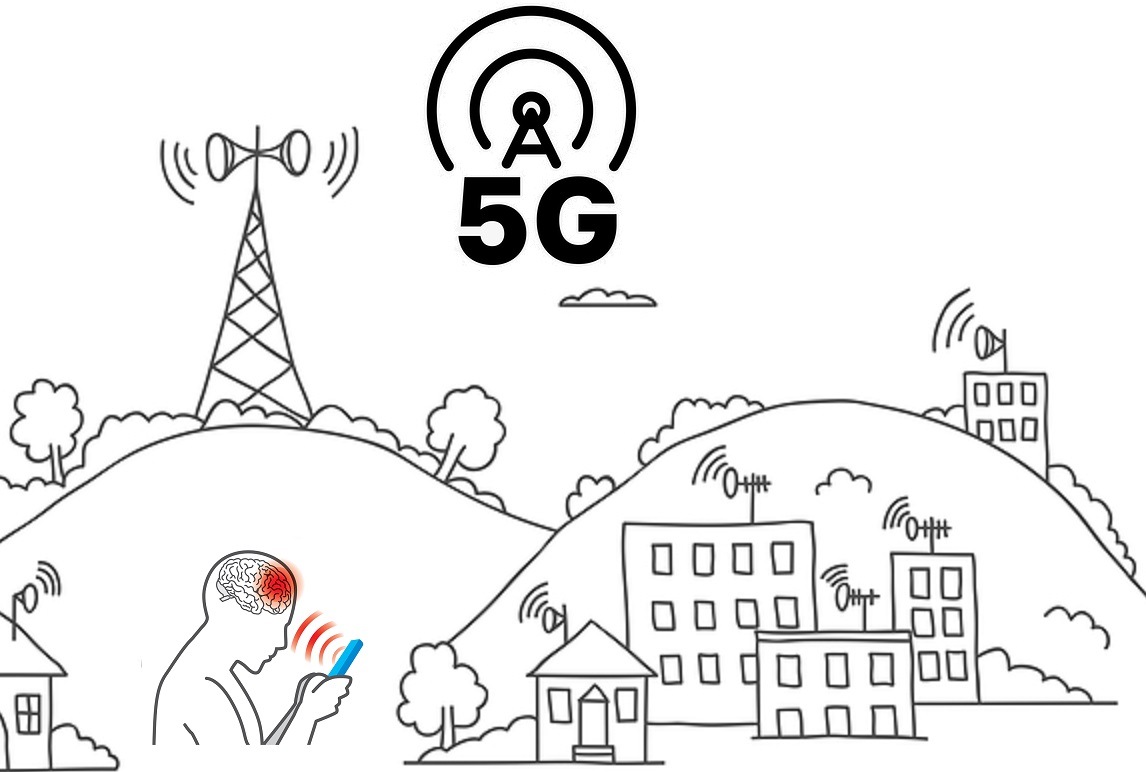The health risks of radiation from 5G are being debated, but one study suggests the connection between RF radiation with cancer among male rats. The study was classified before it was removed in 2012 by the Central Intelligence Agency, but it demonstrates that radiofrequency could cause cancer in animals, which includes humans. In the research, scientists subjected male animals to radiation for 15 days , and discovered that they developed the same kinds of cancers that humans develop.
Health effects of radiation from 5G
The rapid expansion of wireless communication is causing the creation of 5G technology There are increasing concerns regarding the health risks of 5G radiation. Although 5g towers radiation do not affect the body as much as older technologies, scientists have raised concerns about possible effects on the system and are calling for more research. To ensure that people are protected and protected, there is a need for the European Commission is requesting independent studies to determine if this technology could pose any health risks.
It is vital to realize that there is a significant amount of misunderstanding about the health implications of 5G and it is essential to clear any doubts that remain. While the technology is not yet widespread however, there are many people who are being warned that it could cause health issues mostly through social networks where sensational words are used.
Beamforming technique
Beamforming is one of the most vital technologies in the 5G wireless networks. It is a method of operation that uses multiple radiating elements to generate a narrow beam. The purpose for beamforming is limit any unwanted radiation within the signal that results. This technique is commonly used for wireless communication systems and is crucial for 5G's low-cost coverage.
This method works by electronically weighting the individual signals from each antenna. This produces a narrow beam of radiation that improves cell coverage indoors and around the cell's edges. Helpful hints is important as poor coverage can lead to low user satisfaction. In addition to increasing the signal beamforming can help reduce the amount of interference that a user encounters from other devices.
Power density
The energy density of 5G radiation from mobile towers should be comparable to that of previous generations of 3G and 4G systems. The reason for the lower power is the sensitiveness of electronic components. The maximum radiation output for a 2G phone was approximate 2 Watts, while that of the 4G model was around 200 milliwatts.
The power density is a measure of the amount of electromagnetic energy that can be absorbed into the body at a certain distance. The power density of radiation 5g is usually expressed in Watts per square metres. 5g radiation to the SAR measurement the power density measurement is actually a measure of the amount of electromagnetic energy within an area. The power density limits can be different for wearables and mobile devices according to their operating frequencies and distance.
Specific absorption
The Specific Absorption Ratio (SAR) can be described as a measurement that determines the speed at which a certain frequency deposits power into human tissues. In general, the SAR number should not exceed two Watts per kilogram of body mass. This figure is derived by the electrical field within the tissues and the density of mass, measured by kilograms of mass per cubic millimeter. It has recently been used to determine the antenna design.
The new radio technologies that make up 5G operate in frequencies that are lower than 6 GHz. These frequencies are also known in millimeter waves. However, the FCC's SAR compliance protocol only applies to frequencies that are up to 6 GHz. In addition to this, the SAR test requires that measurements are conducted using phantoms that contain tissue simulating medium.
Skin health effects

Currently, we know very little about the health effects of radiation from 5G on the skin. The existing knowledge is limited because of the absence of in-vivo experiments and theoretical models. There is however an urgent need for more studies on the effects of 5G radiofrequency radiation on human skin. Using 5G radio frequencies can cause damage to the skin, especially to the epidermis, an extremely sensitive organ.
Contrary to 4G, 5G's radiation has a high frequency that has been shown to increase the temperature of human body tissues. The human body is dipolar, which means that the increased frequency of radio waves from 5G can cause heat to the skin. Exposure to 5G radio frequencies can also affect other organs of the body, including the brain.
